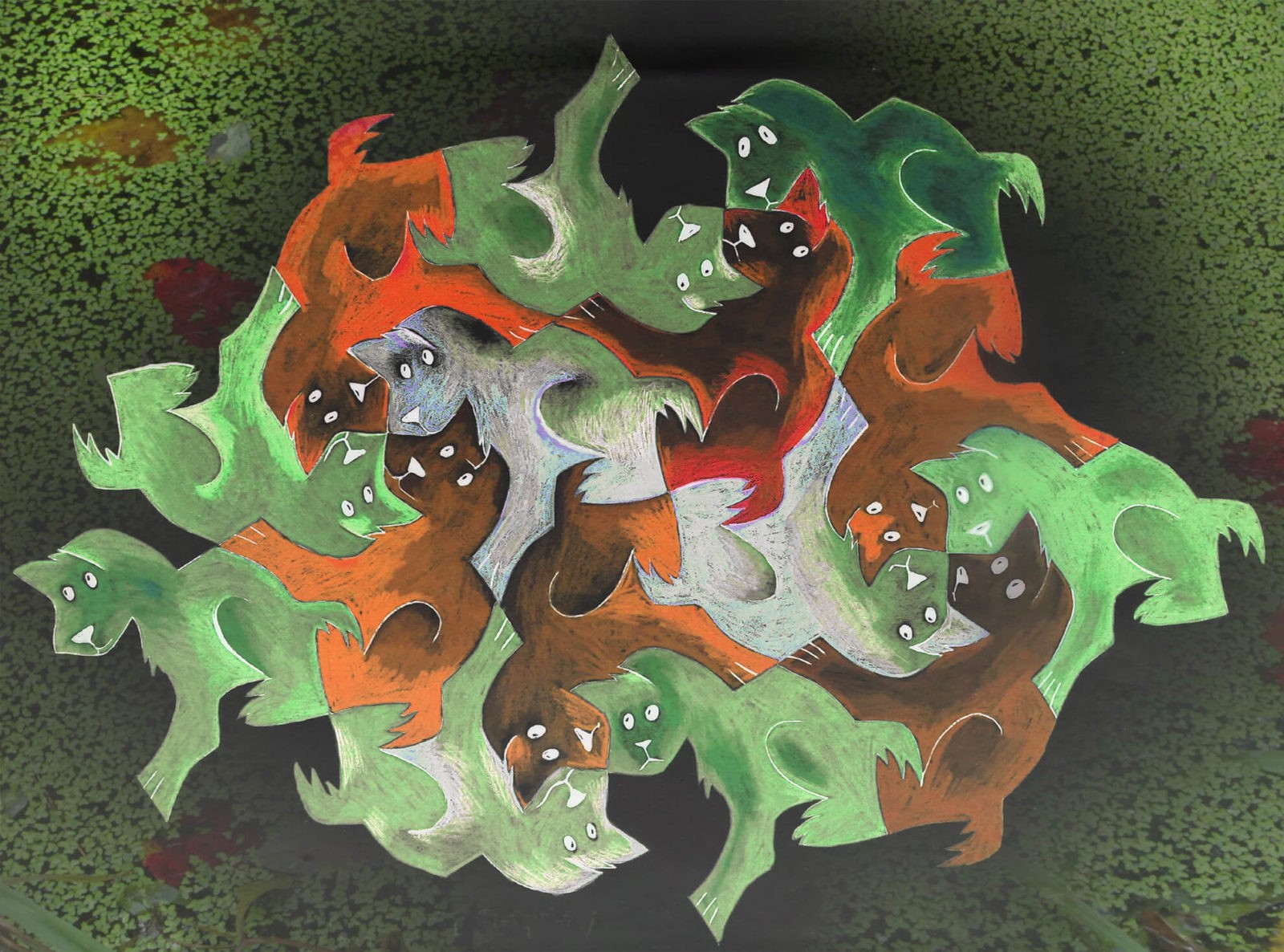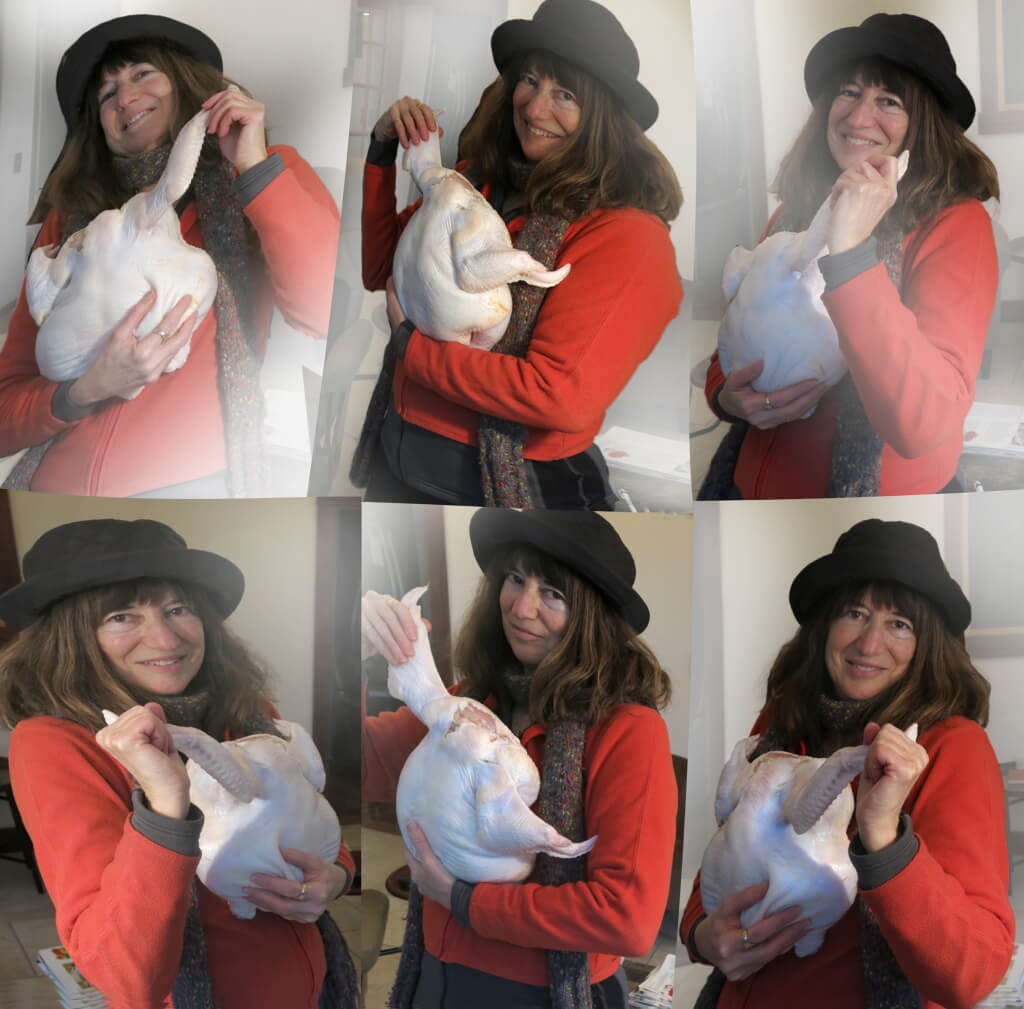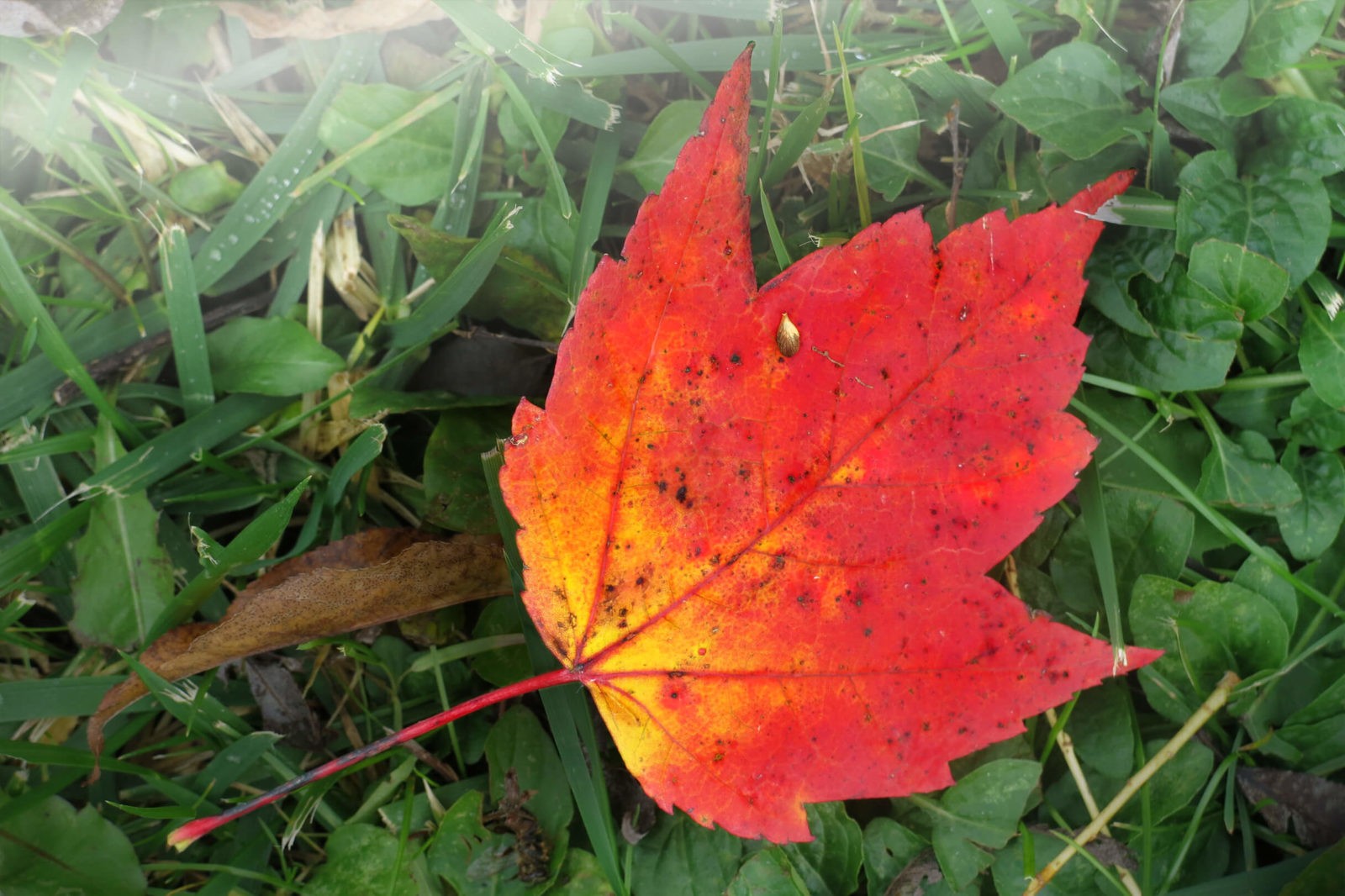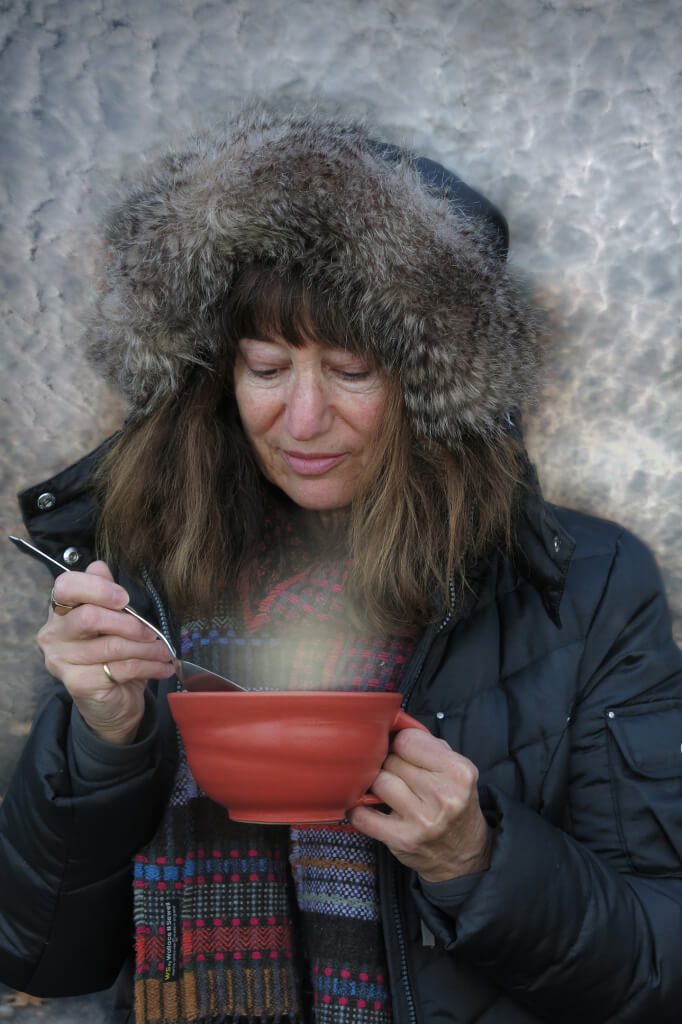 A book I once read began with a proposal – what if all the lonely people in New York City were to open their windows at 11PM and howl into the night sky? To me this is the image of Facebook and Twitter, only, there the whole world is howling, and people from all over find and follow one another. The cacophony seeps into everyone’s emailboxes as each hollering is echoed and replied to, over and over. A recent yowling of my own on Facebook received a massive 90 likes. Lots of comments. I joyfully followed and friended and thanked as many fellow yowlers as I could.
A book I once read began with a proposal – what if all the lonely people in New York City were to open their windows at 11PM and howl into the night sky? To me this is the image of Facebook and Twitter, only, there the whole world is howling, and people from all over find and follow one another. The cacophony seeps into everyone’s emailboxes as each hollering is echoed and replied to, over and over. A recent yowling of my own on Facebook received a massive 90 likes. Lots of comments. I joyfully followed and friended and thanked as many fellow yowlers as I could.
My daughter blogged when she got cancer in 2008. Back then I thought blogging was some sort of techie cult activity; I didn’t dare visit her site. But people followed her and she felt supported. Following her death, I tried to follow her lead, first venturing into Facebook, eventually journeying on to Twitter and Pinterest. I set up my own website and blog. I followed all the rules, followed people’s advice, and followed my heart – and still ended up crying alone in the car every day. In a daze, I followed my friends who dragged me out of the house. I followed my dead daughter to Australia. I followed her dog into the woods, over streambeds, and through grassy fields.
These days I follow people in online groups: communities around child loss, cancer, gratitude, hiking, food, signs from departed loved ones. In the process of all this following, I apologize if I’ve become a nuisance, nagging you to “like” my new Facebook writer page, pestering you to subscribe to my blog. There are differences between followers and friends, I’ve learned. As an author building a platform, I value them both.
“All your hard work will soon be paid off,” reads the Chinese cookie-fortune taped onto my computer. It is paying off. The “friends” I’m finding by increasing my social media presence make me laugh. They make me cry. Mostly, they make me feel that I am not alone. In the middle of the night I tweet to a bloke in England. I chat with a mum in Australia. During my days dashing around Ithaca I smile, embarrassed, but delighted to be stopped.
“I loved your last blog,” said a woman at the gym, who I know only from Facebook.
“We’re “friends,” said a stranger in a restaurant, “on Facebook.”
Where do you find new friends? How does the internet add value to your life?



